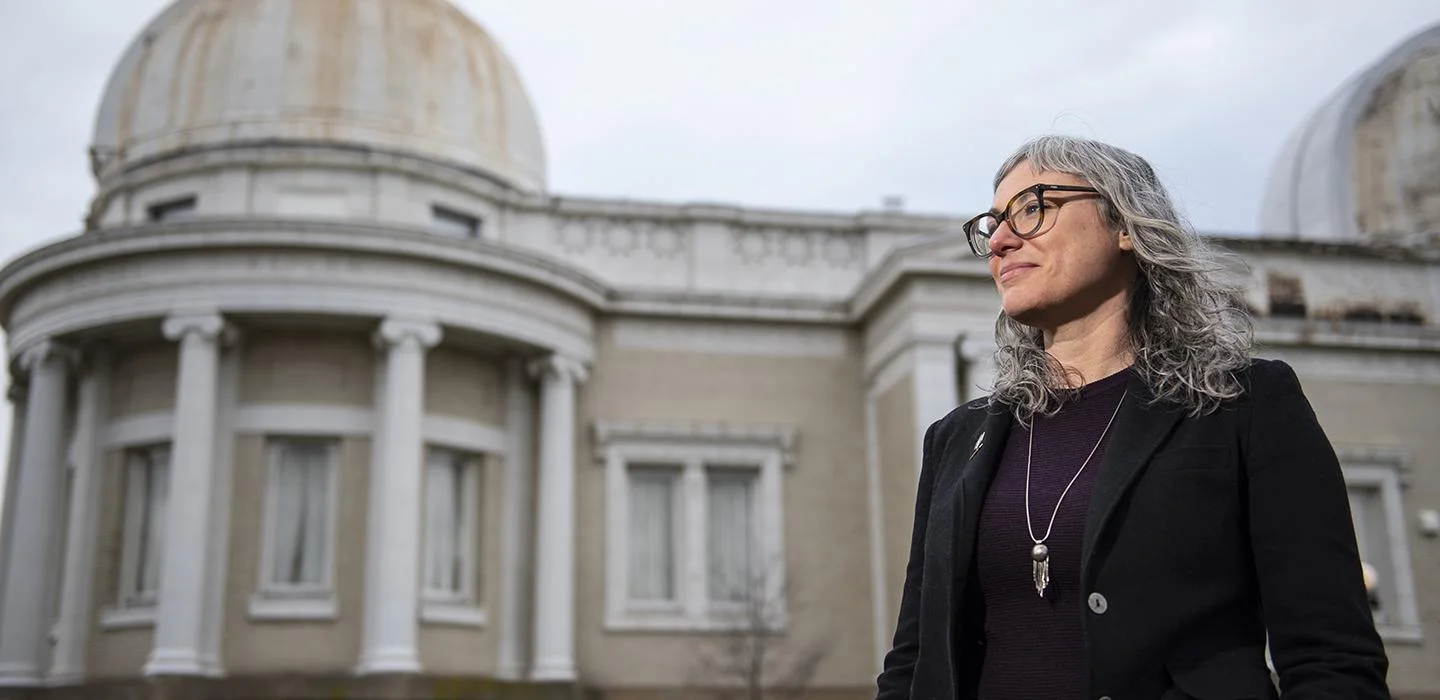
On Dec. 22, NASA will launch into space the successor to its Hubble telescope, a highly sensitive and astronomically expensive tool capable of seeing objects that are farther and fainter than ever before. It’ll unfold its 21-foot mirror and in a few months will begin beaming down the first of many captivating images, along with data that will keep scientists busy for years to come.
At least, that’s what Pitt astronomers hope. Four are among the researchers who have been granted highly sought-after time using the telescope in its first year in operation.
“It’s kind of a Hail Mary, but it’s a super exciting one,” said Physics and Astronomy Assistant Professor Rachel Bezanson in the Kenneth P. Dietrich School of Arts and Sciences. “This has been a very, very long time coming.”
The astronomy community has been waiting for NASA’s James Webb Space Telescope for decades, and Bezanson is more invested than most.
The project she co-leads, which she compares to the Hubble “deep field” program that produced arguably the telescope’s most iconic image, will point the Webb telescope at a particular patch of space for 30 hours, creating what a photographer might recognize as long-exposure shots of distant galaxies. What would make less sense to that photographer is that Bezanson’s team will look for faint, distant objects in a part of the sky area littered with close, bright galaxies.
“A huge collection of mass warps space so much that the light that travels through that space gets bent like a lens,” Bezanson said. “So we’re basically using that foreground collection of mass to boost the brightness of the things behind it and see even fainter objects than we otherwise would.”
Along with managing the project, Bezanson and her team at Pitt will transform the data delivered by the telescope into a form that’s usable for scientists. The images that emerge from that data will be one of the farthest glimpses Webb will reveal in its first year.
“We’re going to have the best chance of finding the most distant, craziest objects,” Bezanson said. As for what those objects will be? “Let’s be totally honest, we have no idea: We have never probed anything in these wavelengths at this kind of resolution before. We just haven’t had any kind of comparable tool.”